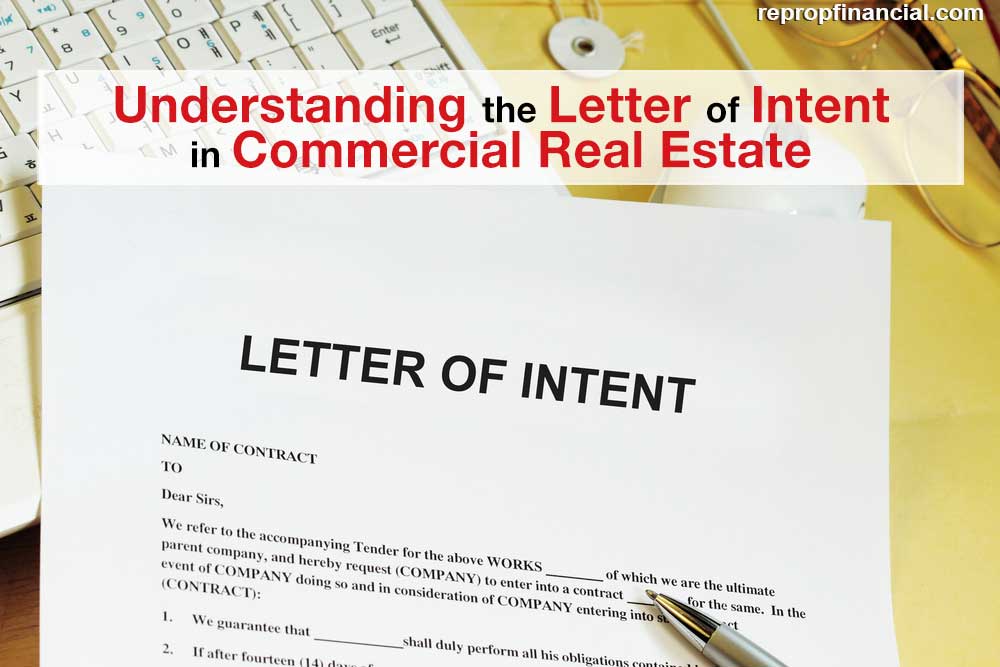
In commercial real estate, a letter of intent is used to summarize the terms of a tentative agreement to purchase a particular property. This may be drawn up by a prospective buyer or, in some cases, by a tenant applicant to present an offer on a real estate property. Unlike formal offers, a letter of intent is non-binding on either party and is designed to provide a framework for further negotiations. In most cases, letters of intent are much shorter than formal offers to purchase real estate. This allows you to make an initial offer without committing yourself to a CRE purchase that may require more research or due diligence on your part.
What Does a Letter of Intent Include?
A letter of intent to purchase commercial real estate typically includes the description of the property, the amount of any proposed earnest money deposit, the proposed purchase price and a time frame for escrow, title searches and the current condition of the property. Depending on your level of interest in the property, your letter of intent may consist of only a couple of pages or may be an extensive document. Your initial letter of intent may also include conditions on the deal that may include title insurance, termination rights, the form of conveyance deed and the closing requirements for the deal you are proposing.

The Structure of a Letter of Intent
Most letters of intent follow the same basic structure:
- An introductory paragraph usually includes the basic terms of the offer and an expression of interest in the property to be purchased.
- A paragraph with a clear description of the parties on the transaction should include names, addresses and the types of entities that will be participating in the proposed real estate transaction.
- The terms of the deal can take up a significant amount of space and may include monetary considerations, scheduling, conditions on the purchase of the CRE property, a legal description of the property and disclosures required from the seller or provided by the prospective buyer. A description of the form of purchase, disclosure of any broker commissions and the allocation of closing costs may also be included in the terms and conditions portion of the letter of intent.
- The final paragraph typically includes information on the legal enforceability or non-enforceability of the letter of intent. This ensures that both parties understand the binding or non-binding nature of the letter of intent.

Writing an Effective Letter of Intent
An effective letter of intent should clearly describe what you offer for the property, any conditions that would render it invalid and the terms under which you are willing to purchase the commercial real estate property. Working with an established lending company is typically a good first step toward crafting a letter of intent that will help you achieve your goals and boost your profitability.

At ReProp Financial, our team can help you manage your CRE acquisitions in the most practical and positive way possible. Our alternative lending experts can provide the right guidance and support throughout your investment process. Call us today at 1-800-444-2948 to submit a loan or to request more information from us.
Disclaimer – Readers of this post should contact their attorney to obtain advice with respect to any particular legal matter. No reader or user of this site should act or refrain from acting on the basis of information on this site without first seeking legal advice from counsel in the relevant jurisdiction. Only your individual attorney can provide assurances that the information contained herein – and your interpretation of it – is applicable or appropriate to your particular situation.


